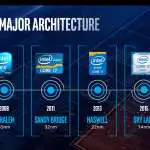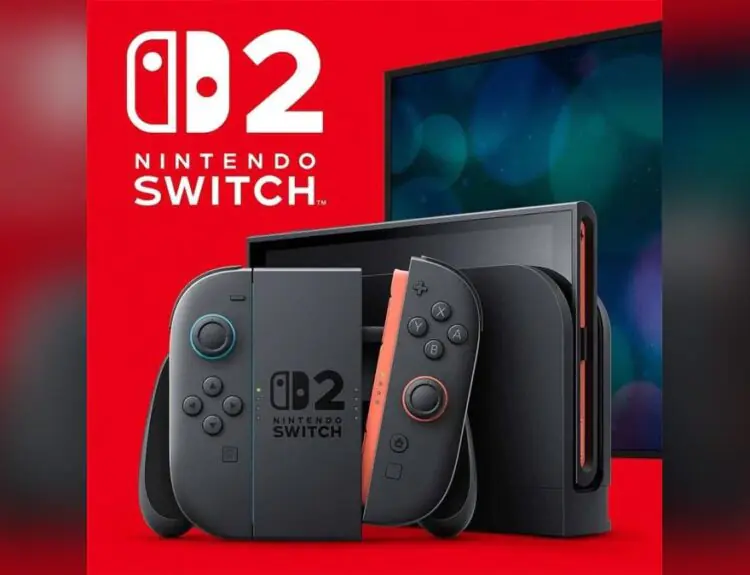Razer released the Raptor 27, a 27-inch gaming monitor that is designed to enhance the gamer’s experience.
The Raptor 27 is a significant step for Razer as it is the company’s first foray into gaming monitors. You can buy a gaming mouse, headset, keyboard, and other Razer accessories. Now, you can have a monitor that goes along with them, too.
The Raptor 27 was first announced in January this year, and release took about nine months of wait. But is it worth your money?
The gaming monitor features ultra-thin bezels, as well as NVIDIA G-Sync and AMD FreeSync support. When properly prepped, you won’t have to worry about screen tearing ever again.
The stand can be tilted as much as 90 degrees, so you access all the connectivity ports. The design is distinctively Razer, with its clean lines and black finish.
The design of the stand is nothing that you’ve seen in the market today. It is very wide, almost taking half of the width of the screen. That could be a problem for some gamers whose terminal space is not very wide. They might have trouble fitting the keyboard and monitor stand together on the table.
But the RGB lighting extends to the base of the stand and the cable connectors at the back. These additions make your gaming station stand out, especially with the customized lighting fixture. But the lights are not bright enough to be distracting, which is good news.
The IPS LED monitor has a max resolution of 1440p Wide Quad HD. More than the resolution, the screen is designed for extreme performance. The company says that it has very low lag input with a maximum 144Hz refresh rate.
The monitor also has a response rate of 1 ms with 95% DCI-P3 for color accuracy. It is touted to be wider than the sRGB monitors, which gives you that cinematic quality. For those who do not know, the DCI-P3 has supplanted the sRGB monitors as the industry standard for colors.
It is in the representation of color where the Raptor 27 stands out. The wide panel displays the whole gradient of the color spectrum, as well as the deep blacks. The monitor features 400 nits, which is about the average for high-end monitors. The standard rating of over 300 nits is solid for any screen. Although, it should be noted that a MacBook Pro can max out at more than 540 nits.







